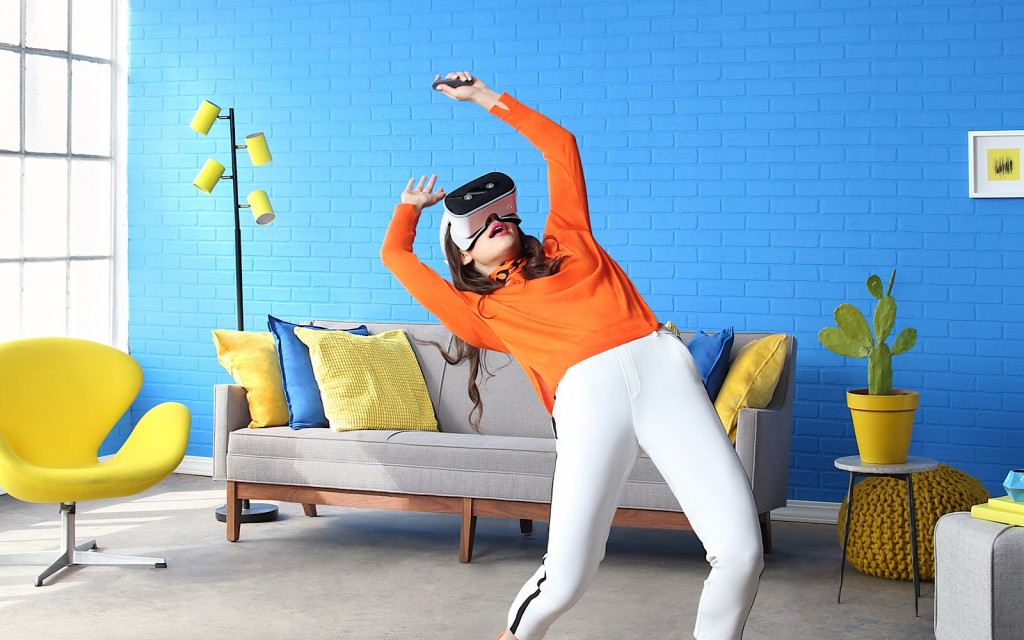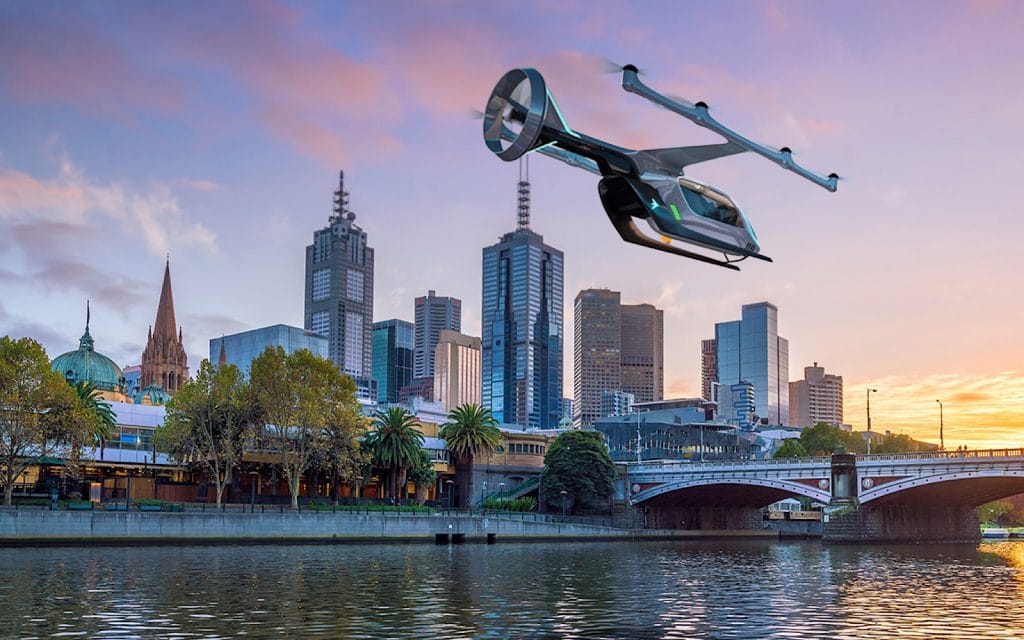Curious where technology is going, and whether our trends are spot on? The Consumer Tech Association talk up what’s coming, and how the future is looking.
CES 2020 begins shortly, and before every company talks up what’s coming, the organisation responsible for the event it glancing to the whole thing, looking at the way the technology that will be talked about will affect us all.
From the farm to home to multiple types of digital reality like AR and VR, the Consumer Technology Association (CTA) is hinting at what’s to come, and as you can probably expect, it’s about how we’re all being connected. You see it in your phones and with the Internet, but connectivity is a major part of our lives, and while the trends are all independent, they’ll all unified by one main thing: connectivity.
Whether it’s connecting the smart home with more devices, and making a case for your devices to work together, or farmers able to monitor their crops and work with the buyer directly, the connectivity is what appears to be bringing us together. This is part of what came to be the Internet of Things, but CTA is suggesting that it should go beyond that in 2020, creating an Intelligence of Things and bringing together that connectivity with artificial intelligence.
A smarter home in your life
“We expect in the future the entire home will be connected,” said Lesley Rohrbaugh, Director of Research for the Consumer Technology Association.
“Smart roofing system, smart walls, all of this is what we’re expecting for the smart home of the future,” she said.
We’re already seeing quite a lot of use for artificial intelligence in the smart home, whether it’s with facial or package recognition used in digital doorbells, or with speech recognition in the widely available smart speaker and smart display market, but this is clearly the start. In fact, while the Consumer Technology Association data is based on the US market, some of these trends still make sense for Australia.
Australians have seen quite a few smart speakers shape the market, and with several homes adopting voice assistants from Google, Amazon, and Siri, the artificial intelligence that powers these assistants could provide new ways to integrate the smart home. While some of these seem largely superflous — such as a voice-activated bathroom tap — the connection of services and technology in your home led by voice assistant could deliver a more seamless experience.
You call out that it’s time to go to bed, and the lights dim, the curtains automatically draw, the bed warms up, and the speaker system plays soothing sounds of rain. It’s one of the approaches that could make the smart home feel like something of the future, with a totally connected house.
Digital reality overtaking your own
Whether you’re inside the home or outside of it, you could see information in ways that checking your phone just won’t really cater for.
Oh sure, you can always glance down and take in the information your phone displays, but you might not have to. You might just be able to don a pair of glasses and see it as you walk around, or experience it in a more fulfilling way.
This year at CES, the Consumer Technology Association is talking up the innovation of “XR”. Specifically, that “X” stands for “augmented” or “virtual” or “mixed”, because there are quite a few degrees of “reality”, but how they change depends on the type of headset you wear.
If you wear a pair with transparency like glasses, it’s likely you’re viewing augmented reality. If it’s a large headset, it’s very much for entertainment and virtual reality. And if that VR headset has cameras out the back, it’s for both augmented and virtual reality, and is basically mixed reality.
These all come together as “XR”, which encompasses the entire area, and is changing this year across various products from a large amount of companies. It’s not just hardware, but also what you watch on these devices, through these devices.
“Augmented reality content is actually supposed to surpass virtual reality,” said Rohrbaugh, adding “[and] nowadays, the new AR glasses are taking a sleek and changed view”.
That means if you want to watch something or view the digital world outside of your phone or computer, you may have more choices beginning this year, and it will largely become the norm.
The future is flying cars
Also becoming the norm are flying cars.
It’s 2020, and we don’t really have them yet. Despite the fact that almost every old science fiction title would have painted flying cars by now, we’re still not quite there. But it’s not far away, even if it has a different name.
Officially, it’s called an “eVTOL”, or an Electric Vertical Take-Off and Landing device, which is a little like a drone or a helicopter, but sitting somewhere between both.
Uber is one of the companies heavily invested in the technology, and last year made waves with its Uber Air concept, which is going to be tested in Melbourne, providing a way to get around Australia using a flying Uber of sorts.
CES is expecting more examples of flying cars in the very near future, suggesting this too will become the norm.
Robots for everyone
One of the other things commonly found in science fiction is robots. We don’t have flying cars and we don’t really have robots, but like those flying cars — sorry, eVTOL devices — robots could hit normality in this decade, as well.
There are service robots for folding laundry, and even for baking bread, with robotics able to complete the jobs you might not want to do or will forget about.
In fact, according to the CTA, “there is a robot for nearly every task”, including that of companionship. There are at least three versions of that showing at the tech show, including a robot to education children in the “Roybi”, a robotic dog for social companionship with “Tombot”, and a pill dispensing robot with a smiler for providing the right medication for the right patient in “Pria”. That’s all before mentioning the sister project of Sphero from Misty Robotics, which also deals in robots.
While we’re a long way from Rosie in The Jetsons, it still seems like a robotic future is almost within our grasp.
5G’s killer app
And so, too, is perhaps a killer app for the world of 5G. That’s something we’ve wanted since 5G launched last year, because we’ve yet to see that crucial must-have feature, beyond downloading media at super high speeds.
There has to be something beyond those fast speeds, and it appears pushing connections out far beyond the city might be that.
Ahead of CES, the conversation from the Consumer Technology Association was at one point fixated on the idea of 5G being used outside of town, and off to the far reaches of a farm.
Armed with the right technology, a use case for 5G and many of the other trends — such as robotics, AI, and the smart home — would be to have farming robots deal with the land and treatment of crops, of automated drones to monitor the environment and coordinate with sensors, for silos to be able to communicate storage numbers, and for the farmer to monitor all of these remotely.
And while it may not be a this year thing, this approach does suggest that the strength and speed of a 5G connection could make this something we see this decade.
Not all of the technology is there yet, and certainly 5G is limited to select regions of Australia, but as telcos roll out more for their networks, it’s possible all of this could come to life, and the killer app we’re all looking for could materialise alongside.
Leigh Stark was flown to CES 2020 in Las Vegas, USA as a guest of the Consumer Technology Association (CTA).











